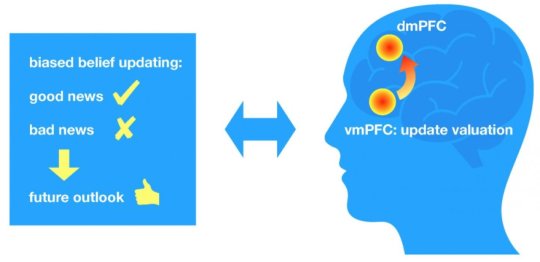MedicalResearch.com Interview with:
Dr. Robert Liu, PhD
Silvio O. Conte Center for Oxytocin and Social Cognition
Center for Translational Social Neuroscience
Department of Biology
Graduate Program in Neuroscience
Emory University, Atlanta, Georgia
MedicalResearch.com: What is the background for this study? What are the main findings?
Response: This study describes for the first time some of the novel brain mechanisms underlying how social relationships are formed. In this case we studied the formation of a pair bond in voles. Pair bonding in voles is not exactly the same as love in humans, but we believe that pair bonding in voles likely shares many of the underlying neural mechanisms as falling in love in humans, such as developing a rewarding feeling towards your partner.
Basically, we discovered that rhythmic oscillations of groups of neurons in the prefrontal cortex, an area of the brain that is involved in decision making and executive function, can control the strength of oscillations at a different frequency in populations of neurons in the nucleus accumbens, an area that is involved in pleasure and reward, as well as addiction. We show that the strength of that PFC-NAc control predicted how quickly animals would begin to show affectionate behavior, analogous to people who may fall in love quicker than others. But the most intriguing thing was that when animals mated for the first time, the strength of the control of the reward system by the decision making circuit increased, and the greater the increase in that control, the faster the animal started huddling or showing affection toward its partner. We think that this cortical control of the reward system allows for the neural encoding of the partner’s features (odors, sounds) to become stamped into the reward system, so that the partner becomes rewarding themselves. Indeed in studies in humans, parts of the striatum, to which the nucleus accumbens belongs, become activated when men look at images of their lovers or when mothers look at images of babies.
We not only observed that during pair bond formation the cortex controls rhythmic activity within the reward system, but we actually recreated that communication using a highly innovative technique that allows us to control neural activity using light. We expressed a light sensitive protein in the cortical neurons that project to the reward system, and then light stimulated those projections in the reward system in animals at the same frequency as normally happens during mating, but in this case the animals were not allowed to mate. By simply recreating the neural oscillatory control of the cortex of the reward area when the female was near the male, we biased how affectionately she acted towards him.
We think that the implications for this is not restricted to forming bonds or falling in love, but tells us something fundamental about how certain brain circuits communicate with each other to build social relationships, to make us feel pleasure from being with others that we like. We believe that by understanding how social cues get instantiated into the brain’ reward system, we may ultimately be able to use this information to help people with impairments in the forming strong social relationships, such as in autism or schizophrenia.
(more…)










